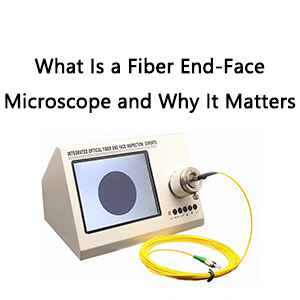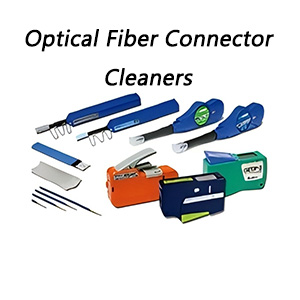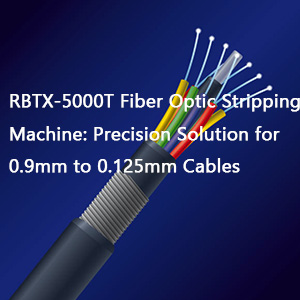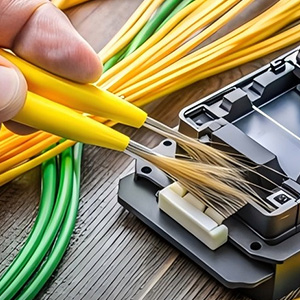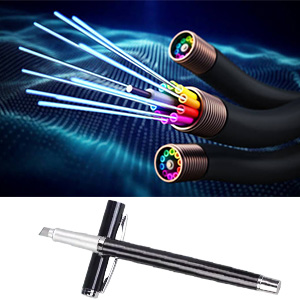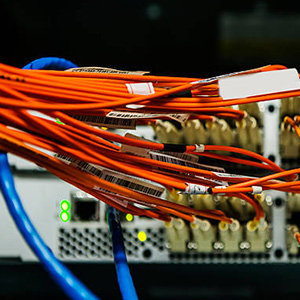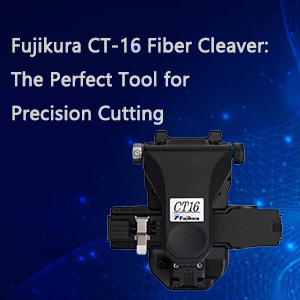As fiber optic deployment becomes the norm, Fiber Optic Splicing has naturally transitioned from outdoor plant settings into enterprises and data centers. Fusion splicing, which utilizes localized heat to meld the ends of two optical fibers, has stood the test of time as a reliable method for creating permanent connections or repairing fiber links. To achieve this, a specialized device known as a fusion splicer is indispensable.
What is a Fusion Splicer?
A fusion splicer is an instrument that joins two optical fibers by applying heat to fuse their ends seamlessly. The objective is to create a splice that allows light to pass through without scattering or reflection, ensuring that the spliced region is nearly as strong as the original fiber. The basic setup of a fusion splicer includes fixtures for holding the fibers and electrodes for applying heat. An inspection microscope is instrumental in precisely placing the prepared fiber ends into the apparatus, where they are aligned and fused.
Evolution of Fiber Optic Splicing Techniques
Initially, Fiber Optic Splicing relied on nichrome wire as the heat source. However, advancements have introduced fractional CO2 lasers, electric arcs, and gas flames as alternatives, enhancing the efficiency and precision of the process. The compact nature of modern fusion splices, coupled with the advent of automated machines, has made electric arc fusion a prevalent method in commercial applications.
Fusion Splicing vs. Mechanical Splicing
Fiber optic splicing comes in two forms: fusion and mechanical. Mechanical Fiber Optic Splicing involves holding two fiber optic cables together within a sleeve using a mechanical mechanism, providing a temporary and adjustable connection. In contrast, Fiber Optic Splicing offers a permanent bond with lower insertion loss and minimal back reflection, making it the preferred technique, especially for single-mode fibers and, in select cases, multimode fibers.
A Step-by-Step Guide to Fiber Optic Splicing
Fiber Optic Splicing demands precision to minimize optical loss. It requires the use of a high-tech fusion splicer to ensure the fibers are perfectly mated. Here are the general steps involved:
Stripping the Fiber: Begin by removing the protective polymer coating from the optical fiber using a mechanical stripping tool. Ensure your tools are clean to avoid contamination.
Cleaning the Fiber: Post-stripping, cleanse the bare fiber with 99.9% isopropyl alcohol (IPA) and lint-free wipes to eliminate any residue.
Cleaving the Fiber: Utilize a high-quality cleaver to create a clean, flat break that is perpendicular to the fiber axis, essential for a successful splice.
Fusing the Fiber: Align the cleaved ends in the splicer and use an electric arc to melt and permanently weld them together.
Protecting the Fiber: Post-fusion, safeguard the bare fiber by reapplying a protective coating or using a splice protector.
Conclusion
Fiber Optic Splicing offers the benefits of permanent, low-loss connections that are completed with speed and ease, outperforming other technologies. Modern fusion splicers are equipped with enhanced features, ensuring high-quality performance at an affordable cost. Fiberstore offers a diverse range of high-quality, cost-effective fusion splicers for various applications. For further inquiries, please reach out to us at sales@fiber-life.com.


